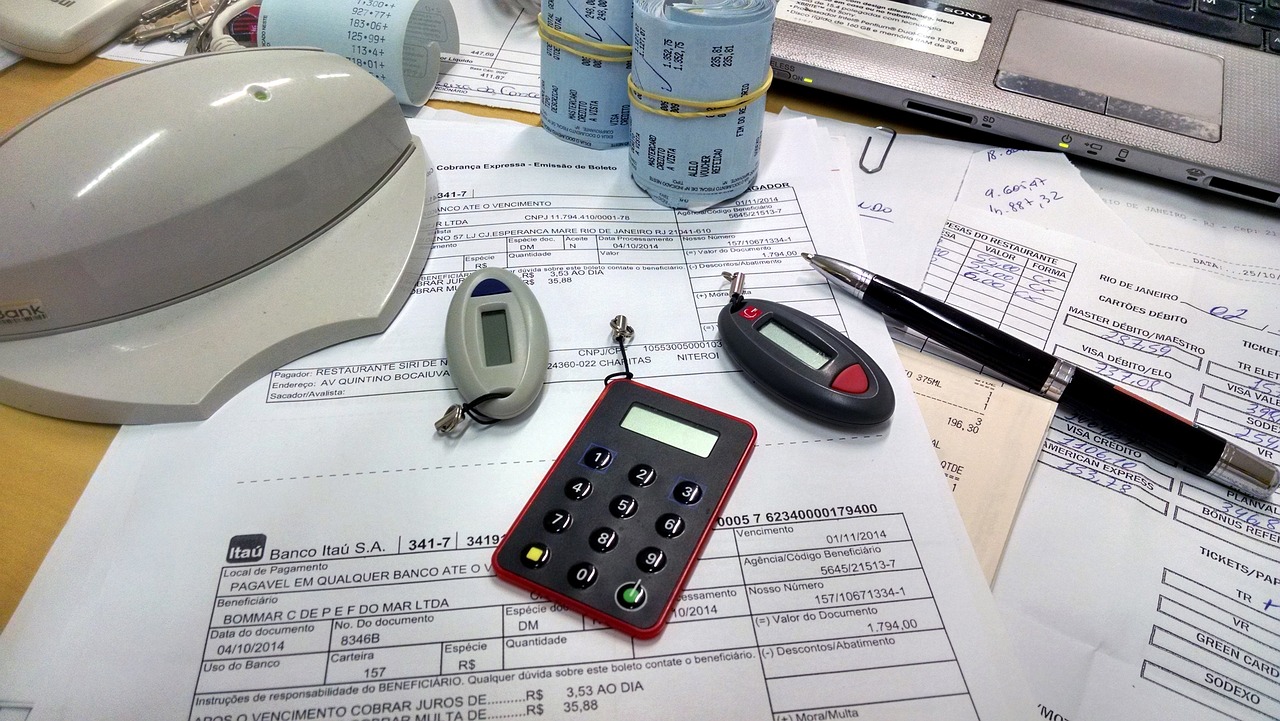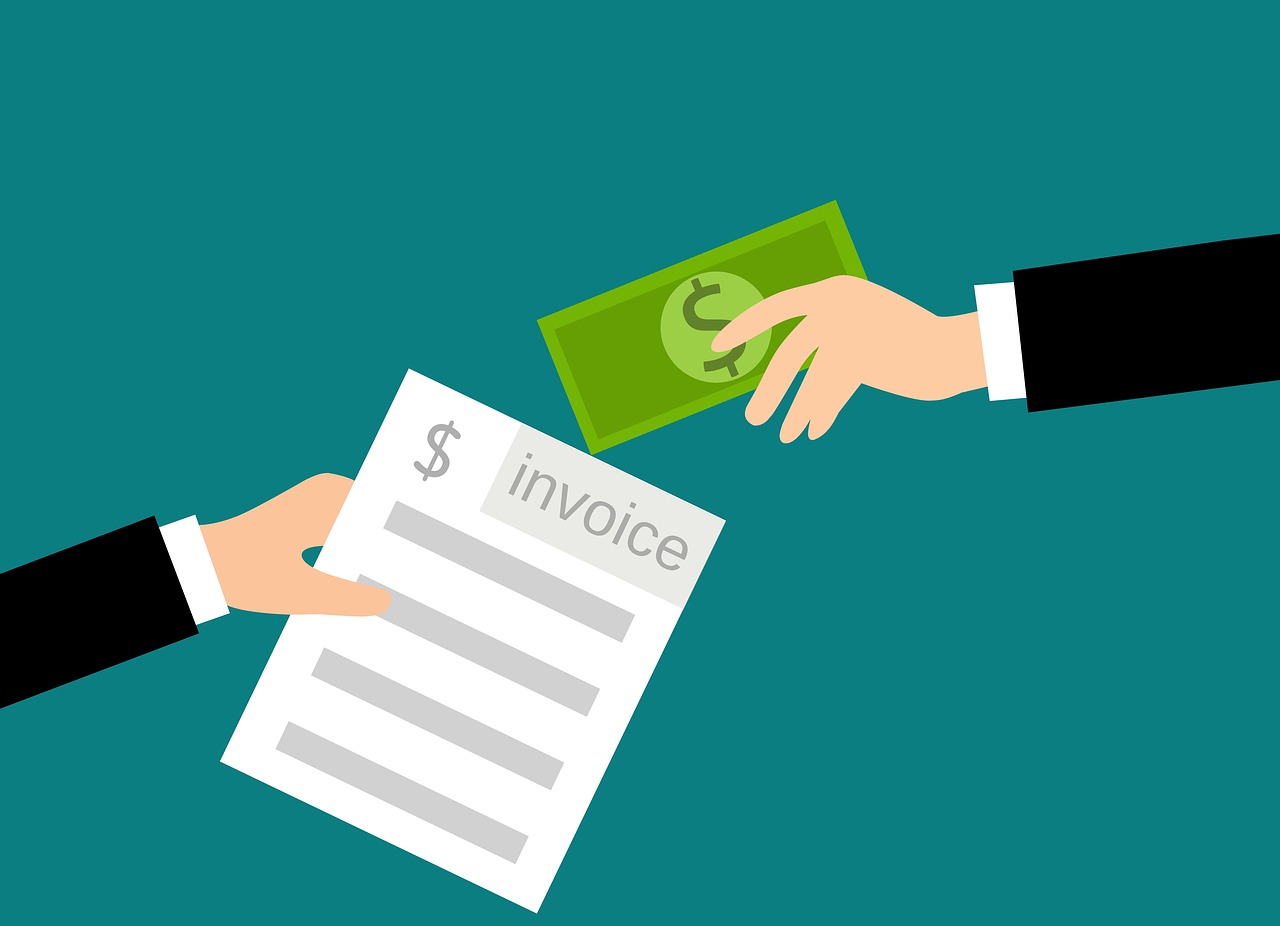The Role of Invoicing in Cash Flow Management for Businesses
Any business, regardless of size or industry, relies heavily on effective cash flow management. It’s a fundamental building block for survival and expansion. This article highlights the pivotal part that invoice processing plays in maintaining a business’s cash flow. As we move forward, we’ll uncover various tactics to fine-tune billings processes and support the financial well-being of your business. We invite you to learn more about us and our services at
Saldo Invoice.
Exploring the Crucial Role of Invoicing in Cash Flow Management
Getting your business’s finances under control often begins with understanding the ins and outs of billing. This seemingly simple activity can have a big impact on your cash flow.
Basics of invoicing and cash flow
So what is invoicing? In its simplest terms, an invoice is a document sent by a business to its customer or clients. It outlines the goods or services provided, their costs, and the total amount due. It’s not just a piece of paper or digital file; it’s the key to getting paid and maintaining a healthy revenue stream.
A healthy cash flow relies on a steady stream of income. In most cases, this income is generated by customers paying their bills on time. But what if invoices are delayed or filled with errors? The consequence is often disrupted income. Mistakes can cause confusion or disputes, and any delay in sending out bills gives customers a reason to delay payment. As a result, the money stops flowing, and your business can find itself in a tight spot.

The importance of efficient invoicing
That’s why issuing invoices promptly and accurately is so vital. When you’re quick off the mark with your bills, you increase your chances of being paid quickly. Swift payment collections mean a steady inflow of cash, which keeps your business’s finances healthy and robust.
But issuing bills is only half the battle. You also need to ensure they’re correct. Errors on bills can lead to disputes, or at least delays, as customers query the charges. An accurate bill, on the other hand, increases trust and speeds up the payment process.
The good news is there’s a straightforward way to ensure swift and accurate invoicing. By using a digital tool like our
invoice generator, you can automate the invoicing process. It’s faster, reduces the risk of errors, and provides a better experience for you and your customers. The finish result? A healthier cash flow and a more financially stable business.
Understanding the Impact of Timely Invoicing on Cash Flow
The timing of your invoicing can significantly influence your business’s cash flow. This impact, both positive and negative, has real-world consequences for the financial health of your business. Let’s unpack this relationship.
Consequences of delayed invoicing
Late invoicing has the potential to derail your business’s revenue stream. But how does it do so?
- Interruption of Cash Flow: Late invoicing directly leads to late payments. This delay in the influx of cash can disrupt your business’s cash flow, making it challenging to meet financial obligations like payroll or supply purchases.
- Negative Business Impact: Real-life examples abound of businesses negatively impacted by delayed invoicing. For instance, a tech start-up we know struggled with maintaining consistent operations due to irregular invoicing, which led to an unpredictable revenue stream.
Addressing these issues can be a taxing process, but there’s a silver lining – you can avoid these problems by timely invoicing.
Benefits of prompt invoicing
Timely invoicing can not only prevent cash flow disruptions but also bring several benefits:
- Timely Payments: Prompt invoicing significantly increases the chances of getting paid on time. After all, the quicker you send an invoice, the sooner you’ll likely receive payment.
- Improved Cash Flow: Consistent, timely invoicing positively impacts cash flow. It ensures a steady stream of income, making financial management and planning smoother.
- Use of Efficient Tools: Using readily available resources, like our quick and professional invoice templates, can expedite the invoicing process. Efficient tools speed up the invoicing process and reduce errors, saving time and resources.
Understanding and acknowledging the impact of invoicing timings on your revenue stream is a critical step toward achieving better financial management in your business. The next step is taking action; timely invoicing is a great place to start.

Strategies for Optimizing Invoicing Processes to Improve Cash Flow
Nowadays, the necessity of efficient invoicing processes is more important than ever. Not only do they impact your overall business operations, but they significantly influence your cash flow. Let’s delve into some practical tactics that could optimize your invoicing, contributing positively to your income.
Adopting technology for invoicing
As we look at the role technology plays in invoicing, two primary points come to light:
- Utilizing Software to Speed Up Invoicing: Today’s market offers a variety of software solutions designed specifically to enhance your invoicing process. Adopting such solutions can accelerate the process of generating and sending out bills. This step leads to quicker payments and improves cash flow.
- Automating Repetitive Invoicing Tasks: Automation is a powerful tool for any business process, and invoicing is no exception. By automating repetitive tasks such as data entry and sending reminders, you not only save valuable time but also minimize the risk of human error. This approach ensures consistent, reliable invoicing, contributing to healthier revenue streams.
Offering flexible payment terms
The payment term can significantly impact your cash flow. Therefore, understanding and adjusting these terms is a key strategy for improving income.
- Impact of Payment Terms: Terms such as Net 30 or Net 60 dictate the timeframe a customer must pay a bill. Shorter terms can lead to quicker payments and improved cash flow. However, they might also be less accommodating for some clients, potentially impacting customer satisfaction or retention.
- Pros and Cons of Various Payment Terms: Different terms can affect your business. For instance, shorter terms might improve cash flow, but they could also strain customer relationships if clients feel rushed to pay. On the other hand, longer terms may enhance customer satisfaction but slow down your cash inflow. Thus, finding a balance that suits both your business and your clients is crucial.
By adopting relevant technology and carefully managing payment terms, you can fine-tune your invoicing process. As a result, you can maintain a healthier revenue stream – the lifeline of your business.
Cash Flow Forecasting and Planning Based on Invoicing Data
To continue, let’s shift our focus onto an integral part of financial management – cash flow forecasting and planning. By effectively utilizing invoicing data, businesses can greatly enhance their forecasting accuracy and establish robust cash flow plans.
Importance of cash flow forecasting
Having accurate forecasts is no less than vital for the sustainability of a business. It’s akin to having a financial roadmap that informs about the possible roadblocks ahead and shows the alternate routes available. When businesses can predict their financial future, they can prepare for it. In simple terms, it’s like having a weather forecast. If you know a storm is coming, you can take the necessary precautions.
Moreover, invoicing data plays a critical role in ensuring the accuracy of these revenue stream forecasts. Detailed bills provide a snapshot of your business transactions, forming a reliable prediction foundation. Every bill issued offers insights into customers’ payment habits, the regularity of income, and the effectiveness of the collection process. Collectively, these data points make cash flow forecasts more accurate, assisting businesses in decision-making.
Actionable steps for cash flow planning
So, how can you utilize cash flow forecasting and create a practical plan for your business? Here’s a simplified guide to help you get started:
- Identify cash inflows and outflows: Start by identifying all sources of income (inflows) and all areas of expenditure (outflows). Your bills are a key source of information for this step.
- Forecast your cash flow: Use the data from your bills to predict your future cash inflows and outflows. Consider factors like payment terms, seasonal variations, and customer payment habits.
- Create a cash flow budget: Develop a cash flow budget based on your forecasts. This budget should include your expected cash inflows and outflows over a certain period (for example, monthly or quarterly).
- Monitor and adjust your plan: Regularly compare your actual income with your budget. If there are discrepancies, adjust your cash flow plan accordingly. This process of review and improvement is continuous and crucial for the success of your cash flow plan.
In the end, successful cash flow planning relies heavily on accurate forecasting and effective utilization of invoicing data. By following these steps, businesses can plan their financial future and navigate it more confidently.

Tips for Managing Overdue Invoices and Minimizing Cash Flow Gaps
Keeping track of your business’s finances is like weaving a delicate tapestry – everything has its place. The last thing you want to do is pull on the wrong thread and cause everything to unravel. This is especially true when dealing with overdue bills or cash flow gaps. The key lies in managing these elements deftly to ensure your company’s financial health.
Handling overdue invoices
To start, let’s discuss the reality of overdue invoices. The unfortunate truth is, at some point, every business will face a client who is late in making their payment. While this might feel like a setback, don’t let it deter you. There are several concrete steps you can take when a bill becomes overdue:
- Follow-up: A gentle reminder to the client can often result in prompt payment.
- Review Terms: If payments are late, revisit the agreed-upon payment terms. Consider whether they are clear, reasonable, and beneficial to your cash flow.
- Legal Action: As a last resort, legal recourse might be necessary to recover your due payment.
It’s also worth considering proactive strategies. One such strategy is offering an early payment discount. These are incentives for clients to pay beforehand, improving your cash flow and reducing the chances of overdue bills. However, this approach requires a careful balance to ensure you’re not compromising too much on your profits for the sake of early payment.

Bridging cash flow gaps
Next, we look at cash flow gaps. During these periods, your outgoing cash (expenses) exceeds the incoming cash (revenue). These gaps can strain your business unnecessarily, making it crucial to minimize them whenever possible.
The key to avoiding these gaps lies in careful and strategic financial planning. By keeping a close eye on your income and expenditure trends, you can predict potential cash flow gaps and take steps to prevent them.
Moreover, a streamlined invoicing process can be a lifesaver in these situations. An easy-to-use cash invoice template, like the one we provide on our
cash invoice template page, can ensure smooth, error-free invoicing. This leads to prompt payments, ultimately helping you maintain a steady cash flow and sidestep the stress of cash flow gaps.
Invoicing as a Tool for Business Growth and Innovation
All in all, invoicing isn’t just a mundane task but an instrumental part of your cash flow management. Every aspect of invoicing influences the health of your cash flow, from the timing of invoices to the use of technology and flexible payment terms. Therefore, refining your invoicing process is vital. Remember, a healthier cash flow means a stronger business. And in that strength lies the ability to weather financial storms and seize growth opportunities. So, keep learning, keep innovating, and make invoicing work for your business.









